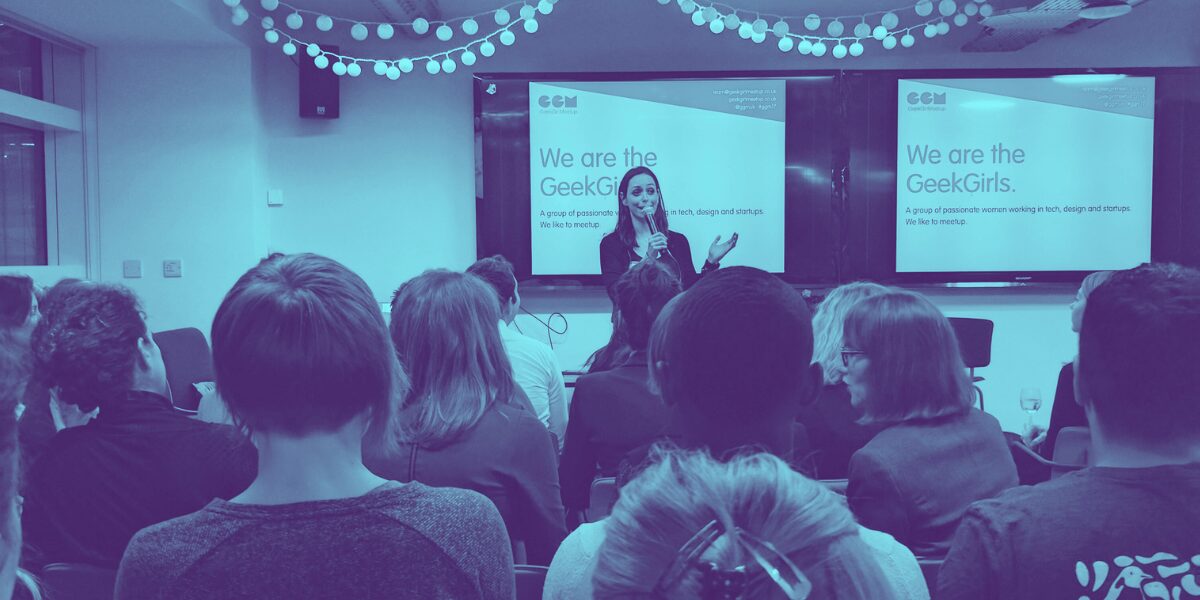In a recent Forbes article, an intriguing phenomenon was highlighted: the dominant participation of men in the Q&A sessions at academic conferences.
“Over and over, researchers have found that men disproportionately take the lead in posing questions at academic conferences. The phenomenon has been documented regardless of whether more women or men attend the talk. It happens when the speaker is a man and also when a woman is behind the podium.”
This pattern reflects and potentially perpetuates gender imbalances in the educational sphere. But why does this happen? It’s a complex interplay of factors. Social conditioning, confidence levels, and perhaps unintentional biases in the academic environment all contribute. Men might feel more comfortable or obliged to speak up, while women could face subtle barriers to participation.
What does this mean for the academic community and beyond? It’s a reminder of the ongoing need to foster inclusivity and equality, not just in academia but in all professional domains. Encouraging diverse voices isn’t just about fairness; it enriches discussions, broadens perspectives, and drives innovation. Likewise, the first question sets the tone and direction for the rest of the debate.
As professionals, we have a role to play. Whether you’re organising a conference, participating as a speaker, or attending as a delegate, consider how you can contribute to a more balanced and inclusive dialogue. Simple actions, like encouraging diverse questions or being mindful of who is given the floor, can make a significant difference.
As a final thought, every question and answer is an opportunity to build a more inclusive learning culture. Let’s embrace this challenge together.
If you enjoyed this article, subscribe to the Plein-Air newsletter for weekly posts on creativity, curiosity and working better.

